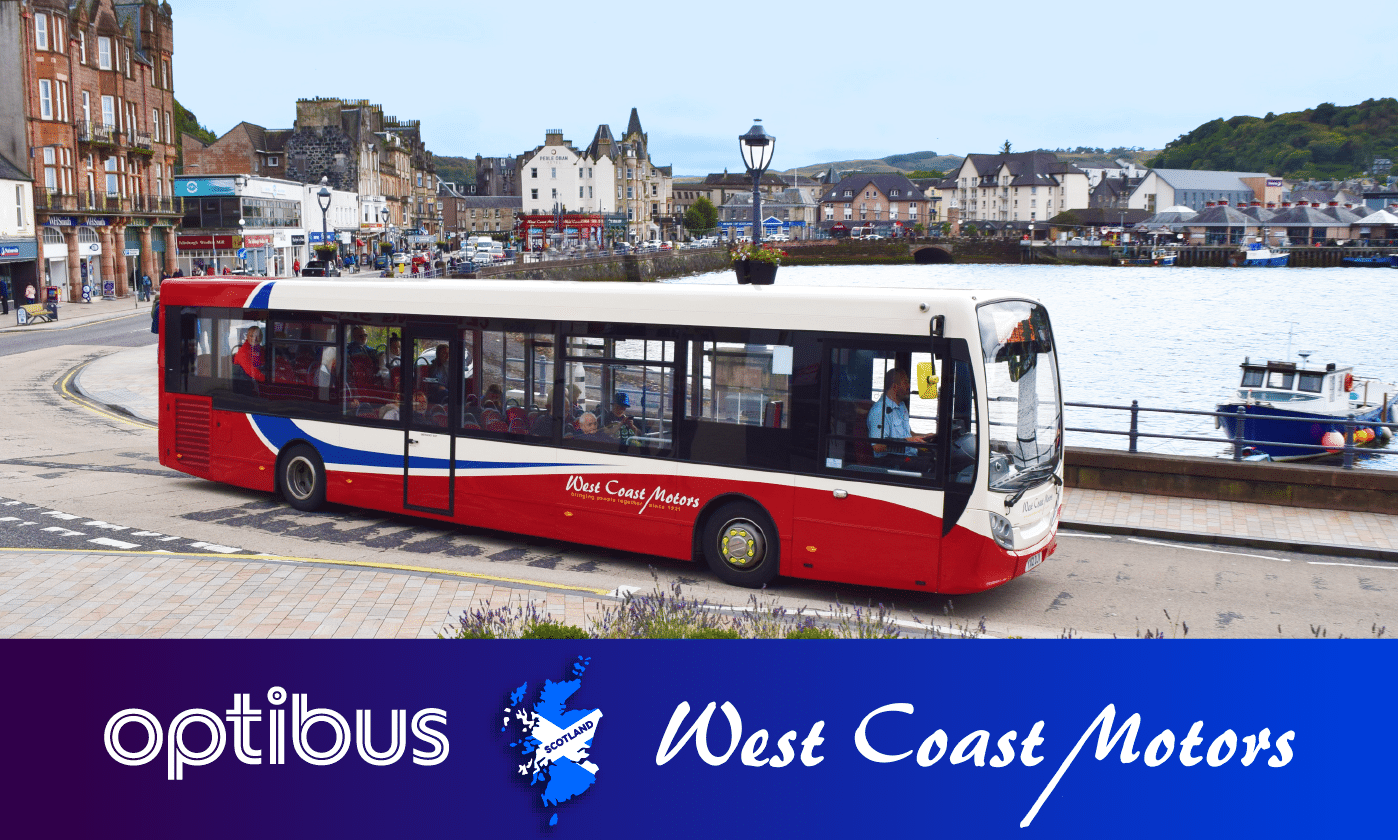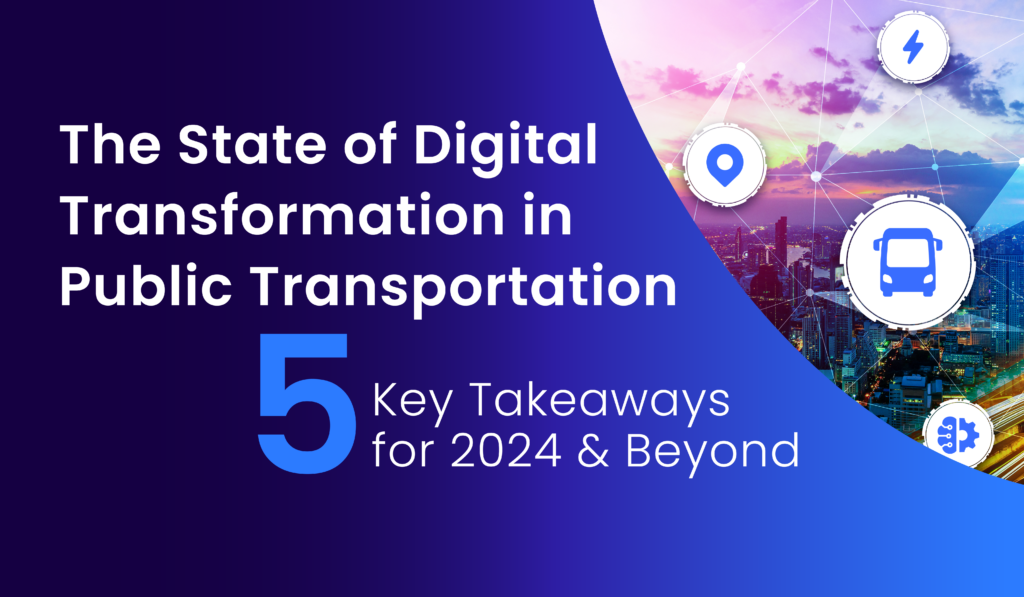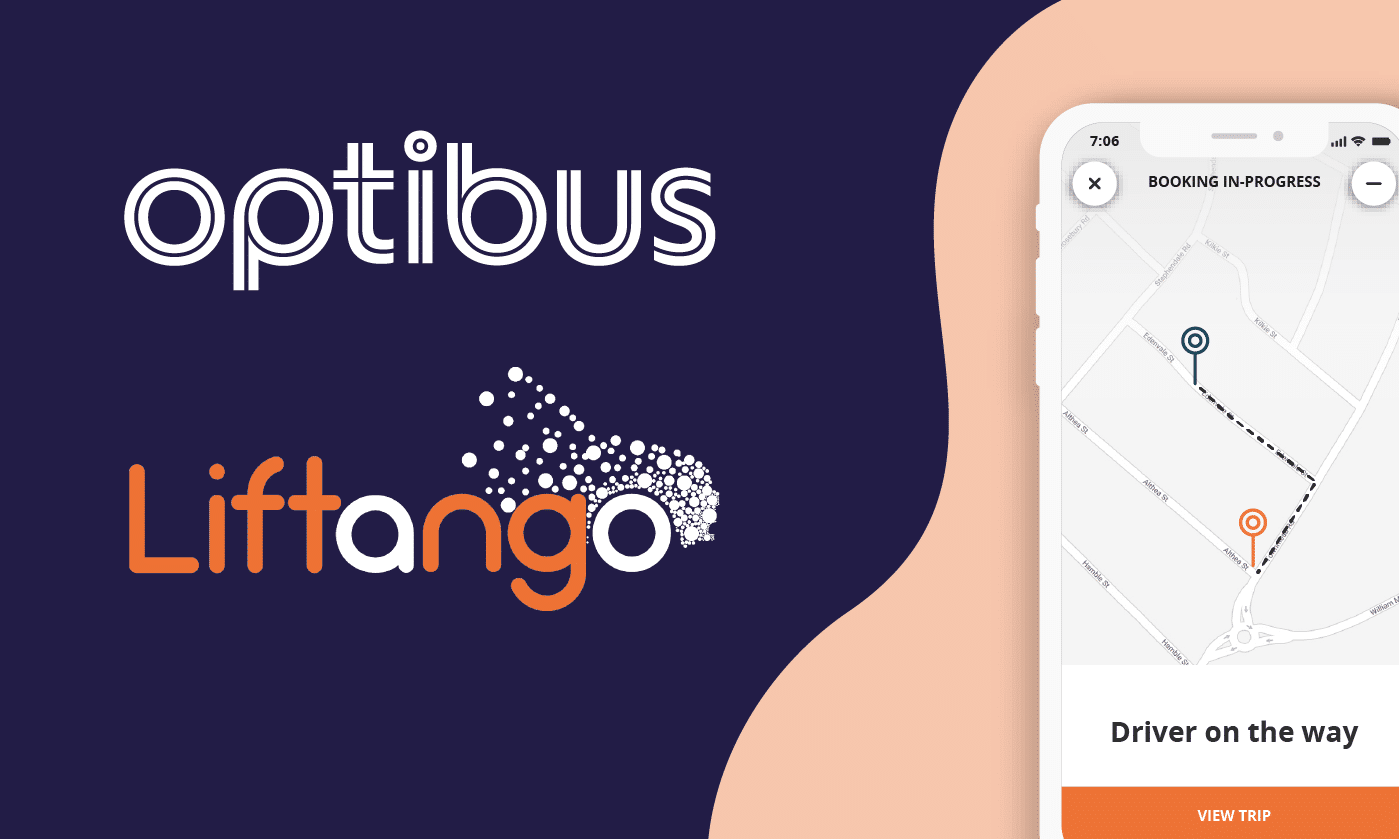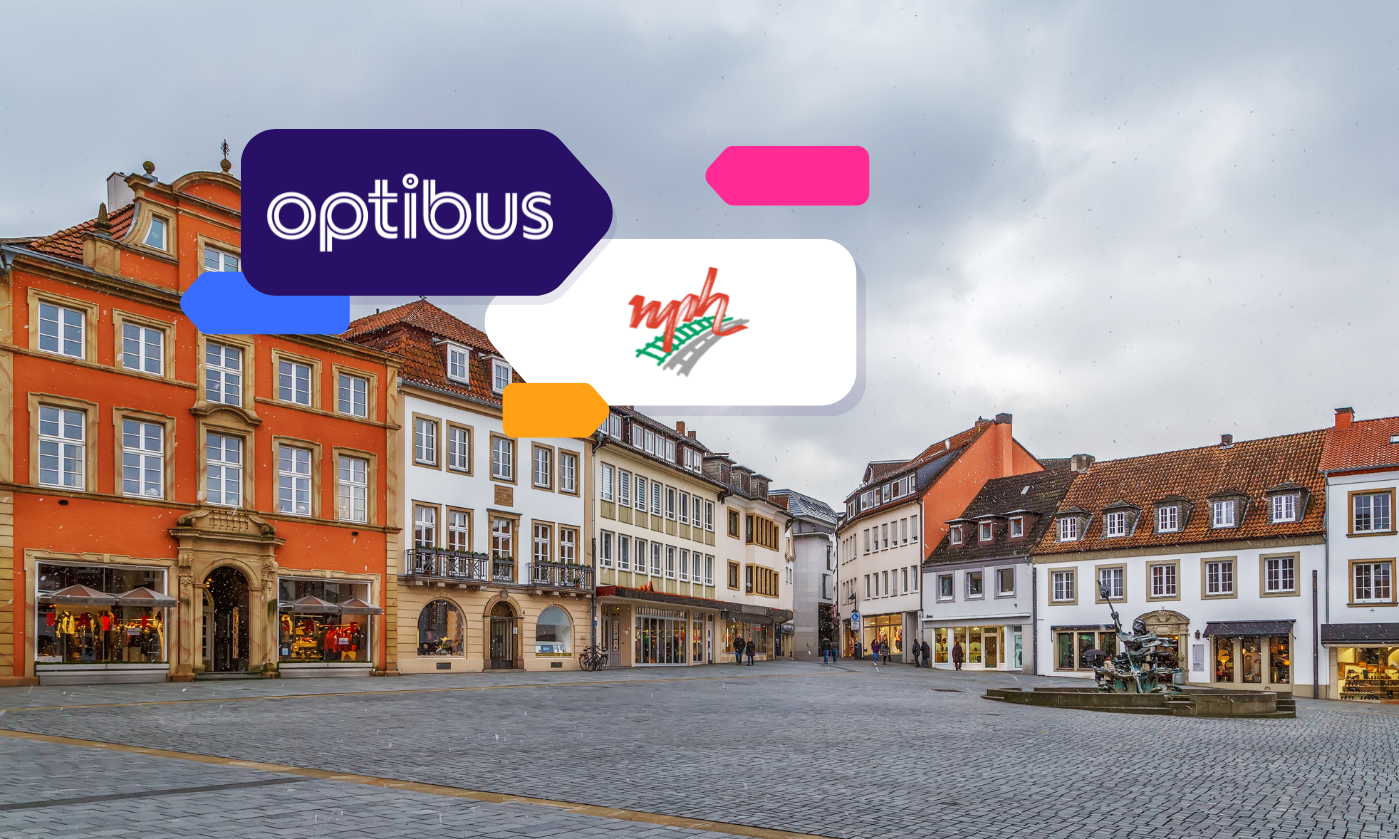Optibus, a global leader in optimization software for planning and operating public transportation, proudly announces the launch of Strategic Planning, a powerful, impact-driven solution that enables public transportation agencies (PTAs) and consultancies to create passenger-centric services while achieving operational, financial, and environmental goals. Designed for and in partnership with planners, this cutting-edge suite unites multiple layers of key data with machine learning and visualization tools, providing a comprehensive master view of network efficiency, accessibility, cost, and performance along with two tool kits that confront modern planning challenges.
.gif?width=745&height=389&name=Optibus%20Strategic%20Planning%20Launch%20%20(1200%20x%20627%20px).gif)
Confronting the Complexity of Network Planning
Planning efficient, equitable, and cost-effective public transportation systems is a complex challenge. PTAs face the difficulty of balancing resources with passenger demand and regulations, leading to common challenges such as:
- Matching Vehicle Capacity and Frequency to Ridership: Ensuring that services meet passenger demand and avoid both overcrowding or empty buses.
- Accessibility: Improving connectivity to key destinations for all, including underserved communities and car-less households.
- Adapting to Change: Quickly handling service updates and disruptions on the fly as well as navigating long-term changes and trends.
- Cost and Operational Transparency: Identifying opportunities to maximize revenue and reduce cost while aligning resources with service needs.
Strategic Planning addresses these challenges by centralizing essential data and leveraging advanced optimization and visualization tools, creating insights that optimize both the passenger experience and operational efficiency.
Key Features of Strategic Planning
Optibus Strategic Planning addresses these challenges with advanced impact-driven features grouped into two toolkits:
Accessibility and Equity Toolbox:
- Ridership & Occupancy Analysis: Monitors crowding levels, helping planners adjust vehicle frequency based on ridership data and improve passenger comfort.
- Isochrones: Visualizes network accessibility, showing areas reachable within a set time frame to help planners enhance service equity and ‘freedom of movement’.
- Impact Analysis: Assesses how network changes affect different demographic groups, ensuring fair and equitable service provision.
- GIS-Based Planning: Incorporates geographic layers like safety zones, bike paths, and essential social services for more comprehensive network design.

Use Ridership & Occupancy Analysis to identify patterns and trends in ridership and increase patronage on underutilized routes.
Availability and Efficiency Toolbox:
- AI Predictive Runtimes: Accurately predicts travel times in seconds, even without historical data, improving timetable reliability.
- Demand Optimization: Matches vehicle types and frequencies to passenger demand, optimizing resource usage and speeding up timetable creation.
- Transfer Planning: Creates seamless connections to reduce missed transfers and minimize wait times.
- Timetable Optimization and Timetable Generation: Refines schedules to ensure better connectivity and shorter wait times between routes.
- Blocking: Creates efficient vehicle schedules that respect operational and regulatory constraints.

Predictive Runtimes uses artificial intelligence to forecast more accurate running times, with or without historical data, and improve schedule accuracy and reliability.
Tangible Results for Public Transportation Agencies and Passengers
Using Strategic Planning, PTAs and consultancies can design passenger-centric networks that serve their communities while delivering measurable value for the operation.
For the agency, this means:
- Enhanced Public Perception: Improvements to service connectivity, reliability, and accessibility strengthens public faith in transportation services and bolsters the agency’s reputation.
- Value for Money: Optimized timetables and schedules lead to higher ridership and financial efficiency.
- Optimized Resource Allocation: Data-driven insights and advanced algorithms enable efficient use of vehicles, drivers, and other resources, minimizing costs.
- Continuous Improvement: Gain visibility into performance metrics and passenger demand patterns, enabling informed decision making and service adjustments.
.png?width=750&height=533&name=Timetable%20Optimization%20Strategic%20Planning%20(1).png)
Optimize resource usage, reduce waiting times, improve connections, and enhance overall operational efficiency with Timetable Optimization.
These operational changes drive noticeable service improvements that passengers will appreciate during their commute, including:
- Seamless Transfers: Fewer missed connections and shorter wait times, even between different mobility modes.
- Better, Easier Connectivity: Jobs, healthcare, and education become more reachable for all, involving fewer transfers and less travel time, while new destinations become accessible for the first time.
- Reliable, Comfortable Journeys: Timetables that passengers can trust, buses that are never overcrowded, and safer routes that create a more enjoyable travel experience.

Strategic Planning on the ground in Europe and the U.S.
Transport for Wales (TfW) in the United Kingdom and the Jacksonville Transportation Authority in Florida, USA, are among the first to have access to Optibus’ emerging tools that enable planners, agencies, and consultants to see the benefits of strategic planning.
“Network planning is both an art and a science. Strategic Planning gives planners the ultimate technology toolkit for building more efficient and equitable transit networks, fulfilling the needs of passengers, cities, and the environment,” said Amos Haggiag, Optibus CEO and co-founder.
Discover how Optibus Strategic Planning can revolutionize your transportation network. Click here to request an online demo or book a live demo at one of the following events by clicking here:
- Quality Bus, Manchester, UK (23-24 September 2024)
- Innotrans, Berlin (24-27 September 2024)
- EuroBus, Birmingham, UK (12-14 November 2024)
Further Reading:


.png)





